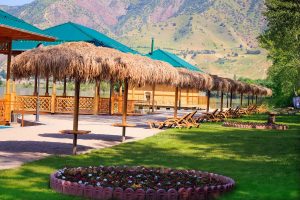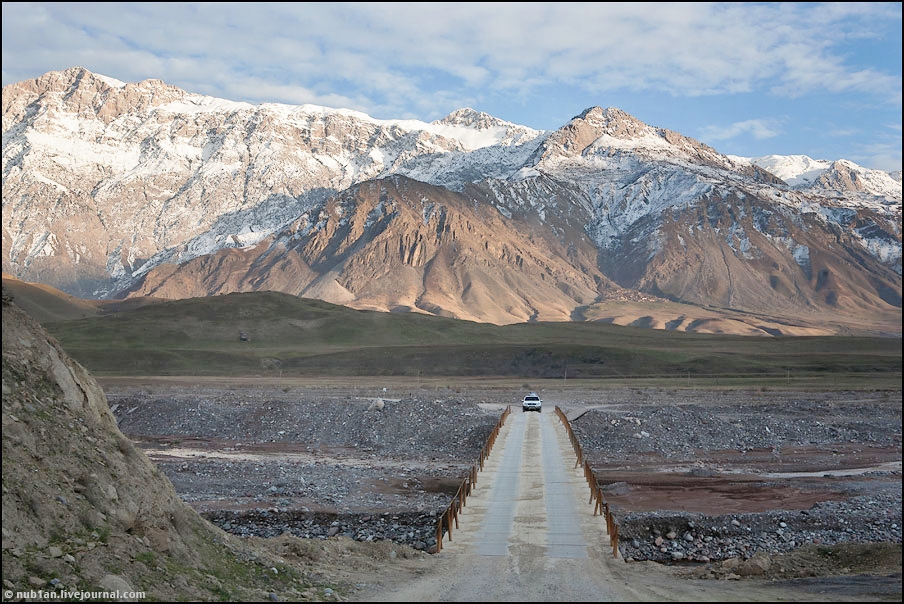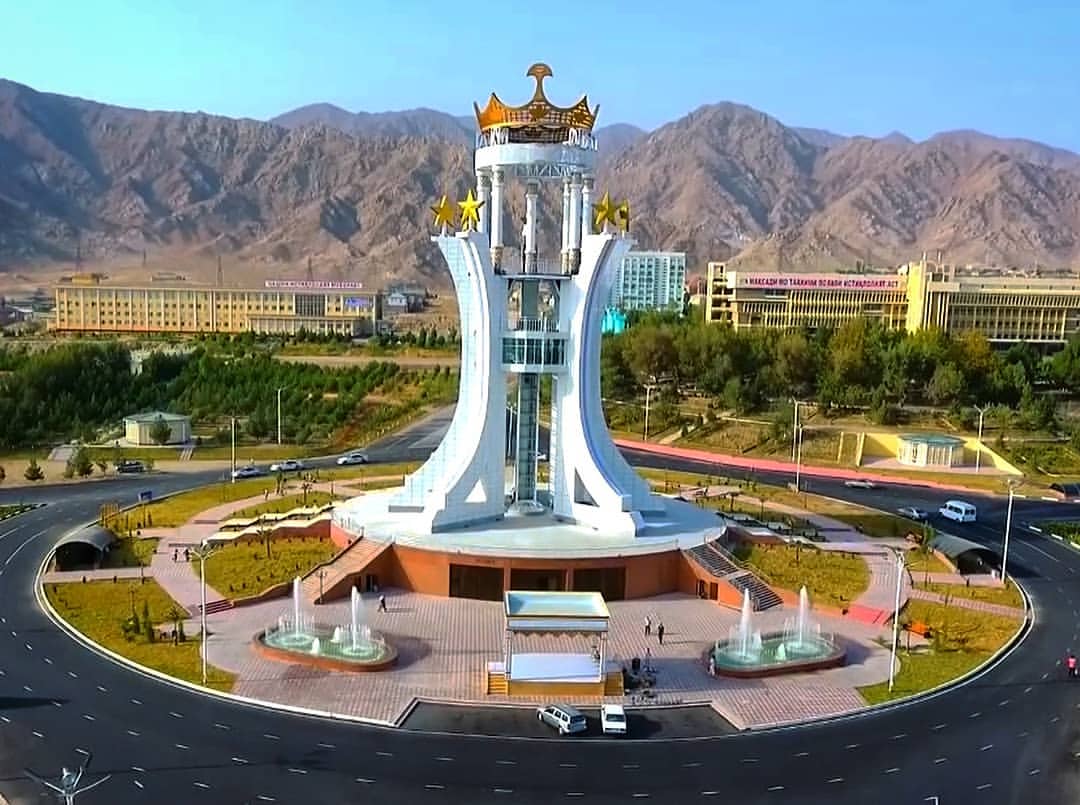The Miri Baljuvon Fortress is located on the hill in the Baljuvon district. The fortress is located in the village and jamoat of Baljuwon and is built of baked red brick and consists of a large dome and two small domes. There is an entrance from the front part of the castle, with a carved wooden door with an arch design. The fortress itself is unfinished and consists of two carved wooden doors with stairs leading from the back of the castle to the upper part of the domes of the building.
The centre of Baljuwon in visible from the yard of Qala (fortress) Baljuvon. The castle is located within the village of Baljuwon at the edge of a high terrace (60-70 meters) and on the right bank of the Surkhob River. In this section, the field is cut into two rocky peninsulas. According to the descriptions of visitors of the early twentieth century, there was a castle on one peninsula. On the other side of the peninsula there were residential and communal rooms.

Architecturе of the Fortress
The main information gathered about the fortress were gathered at the end of the 19th and beginning of the 20th centuries. This fortress was built at the top of the hill in the 18th century. From this strategic place entire town of Baljuwon could be watched, and its population would be alarmed from the external threats.

The fortress was located on three levels, and the court of the ruler (mir) was situated on the top two levels. The levels were four meters above each other. Household and other additional buildings were located on the earthen platform at the lower level. The entrance to the fortress was from the western side or wing of the location. All of the buildings in the lower level, which did not have a window, played the role of fortification. There was a terrace above these fortified rooms. There were rooms for soldiers on the third level. A protection wall with watching towers was built from the fortress and prolonged along the slope. The way to climb to the fortress started from the Talkhak river passing or diagonally cutting the lower platform. The сorridors are gravelled and survived in some parts of the building. There was a caravanserai at the bottom of the slope, where residential buildings exist at present. At present, the fortress turned into ruin, and nothing has remained from it, apart from the stony fundament, and bricks.
The government of Tajikistan has planned to reconstruct and restore the ruined fortress as part of the celebration of the 30th anniversary of the independence of the country.

History of the Fortress
The fortress had witnessed the rise and fall of several rulers since its construction approximately at the end of the 17th century. Dozens of these rulers known as beks or mirs made the fortress their residence. In 1888 the fortress of Baljuvan was seized twice by the local rebels rising against the despotical ruling of the Emirate of Bukhara. In national history, this uprising is known as the ‘Uprising of Wose’, as the rebels were headed by a brave peasant Abdul Wose, who seized the strategic fortress of Baljuvan and expelled the representative of the Emir of Bukhara, i.e., the bek from there.
Gallery



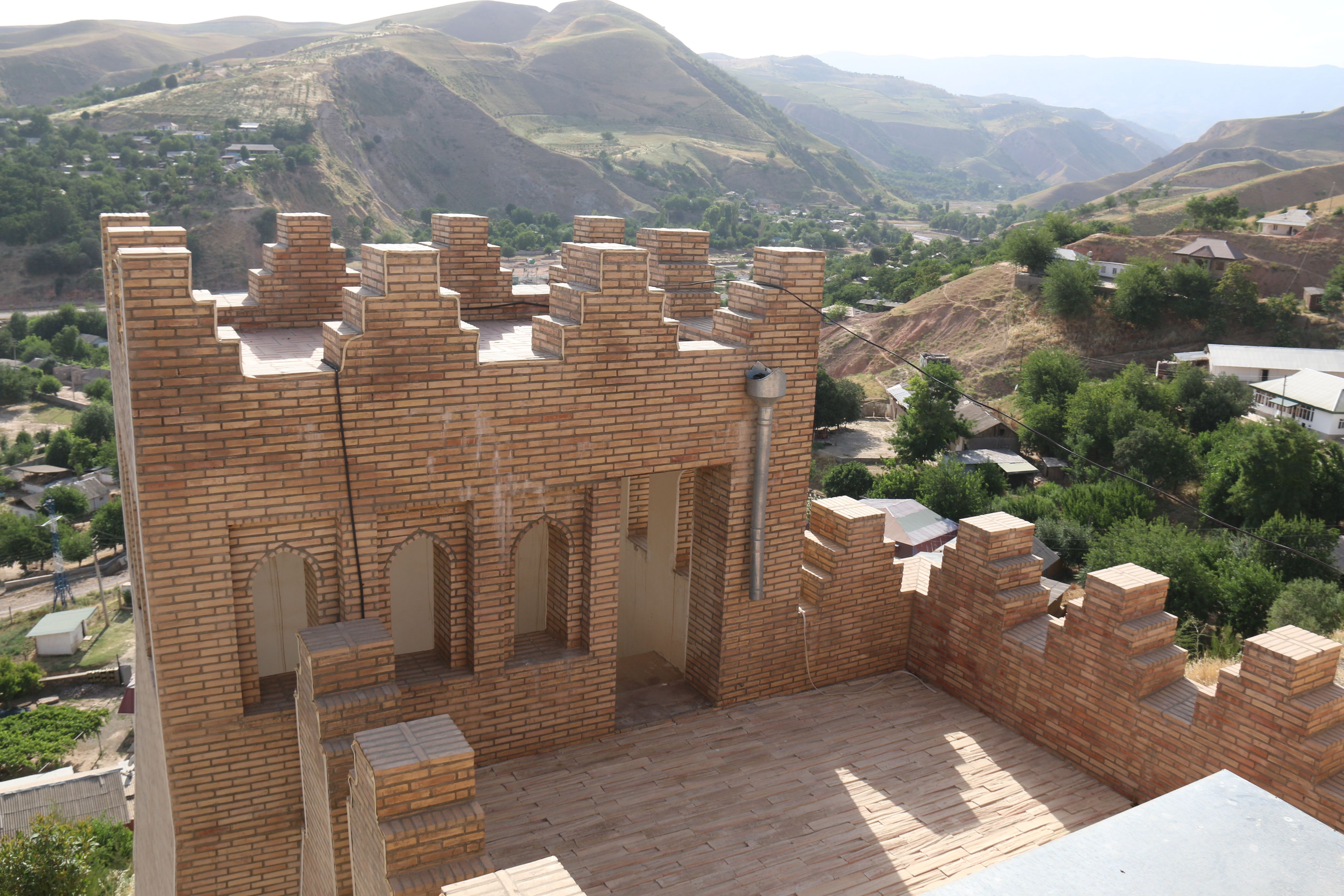

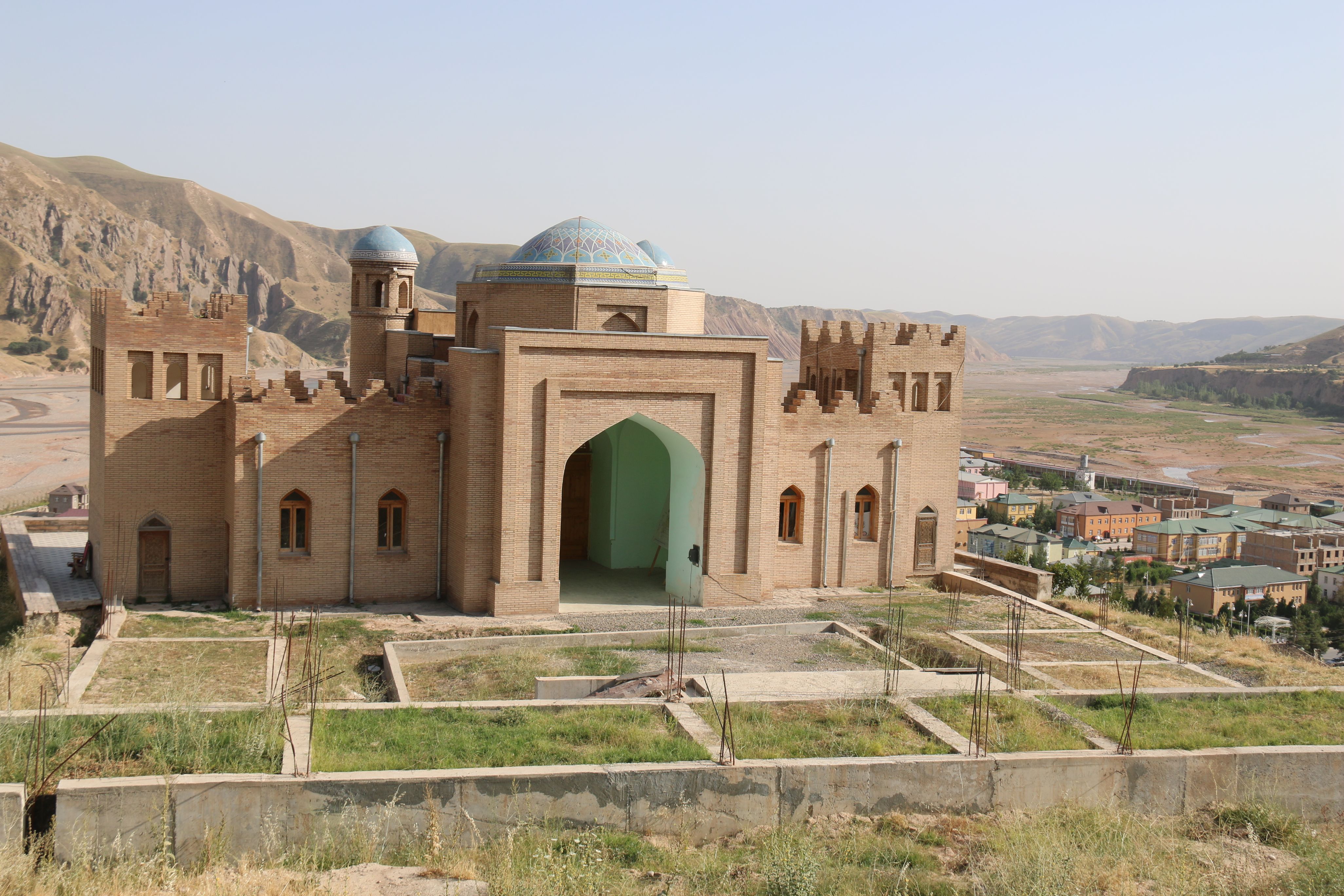



Travelling to the Site
Baljuvon can be reached through the highway road connecting Dushanbe, Danghara and Temurmalik. In recent years, the Government of the Republic of Tajikistan has significantly reconstructed this road in accordance with the international standards. This central road is the best route to travel Baljuvon and from there to the castle. Another way for tourists to reach Baljuvon is from Kulob to Baljuvon and Khovaling. Tourists can also travel from Bokhtar via Danghara.
